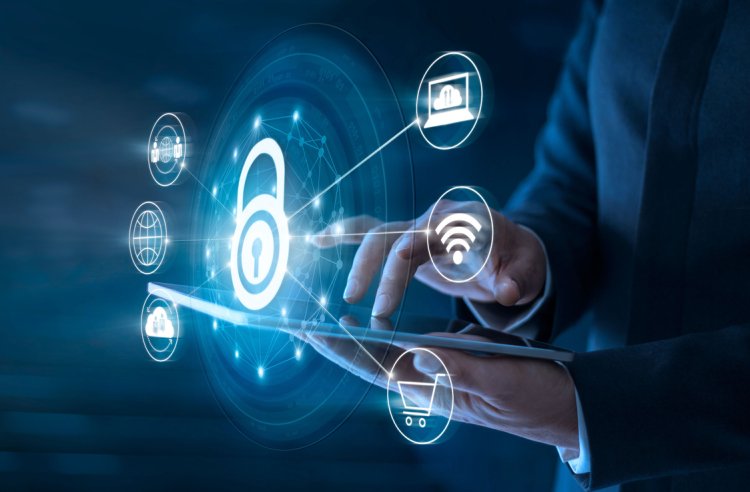Understanding Malware, Ransomware, and Phishing Attacks
Protect your digital life by understanding malware, ransomware, and phishing attacks. Learn to identify and prevent threats to ensure online safety today!
Share this Post to earn Money ( Upto ₹100 per 1000 Views )

1. Introduction
In our increasingly digital world, understanding cybersecurity threats is essential for every business. Malware, ransomware, and phishing attacks can wreak havoc on your operations, compromising sensitive information and draining resources. But what exactly are these threats? And how can businesses protect themselves? Let’s dive into these pressing topics and discover how to safeguard your organization with effective cybersecurity measures.
2. What is Malware?
Malware, short for malicious software, encompasses a variety of harmful programs designed to damage, disrupt, or gain unauthorized access to computer systems. There are several types of malware, including:
- Viruses: These attach themselves to legitimate programs and spread to other computers.
- Trojan Horses: These disguise themselves as harmless software but carry hidden threats.
- Spyware: This secretly monitors user activity and collects sensitive information.
Each type of malware can have devastating effects on your business, from system crashes to data theft. Staying informed about malware is the first step toward robust cybersecurity.
3. Ransomware: A Growing Threat
Ransomware is a particularly insidious form of malware. When a ransomware attack occurs, the attacker encrypts your files, making them inaccessible. They then demand a ransom in exchange for the decryption key. This type of attack can paralyze your business, leading to costly downtime and the potential loss of valuable data.Recent high-profile ransomware attacks have targeted organizations across various sectors, demonstrating that no one is immune. The consequences can be severe, including financial losses and reputational damage. That’s why understanding ransomware and its implications is crucial for every business.
4. Phishing Attacks Explained
Phishing attacks are deceptive schemes used to trick individuals into revealing sensitive information, such as usernames, passwords, and financial details. These attacks often come in the form of fraudulent emails or messages that appear to be from trusted sources.There are various forms of phishing, including:
- Spear Phishing: Targeted attacks aimed at specific individuals or organizations.
- Whaling: Phishing attacks aimed at high-profile executives.
- Vishing: Phishing conducted over the phone.
Phishing can lead to significant data breaches and financial losses. Educating employees about these threats is essential for any organization.
5. The Role of Managed Cyber Security Services
This is where Managed Cyber Security Services come into play. These services provide businesses with expert-driven cybersecurity solutions, ensuring comprehensive protection against various threats. Managed cyber security service providers utilize the latest technologies and strategies to monitor, detect, and respond to potential security breaches before they escalate.By partnering with a skilled cybersecurity firm, businesses can stay one step ahead of cybercriminals. These services are tailored to meet the specific needs of each organization, offering peace of mind in an uncertain digital landscape.
6. Managed Cybersecurity Solutions: Best Practices
Implementing effective managed cybersecurity solutions starts with understanding your vulnerabilities. Here are some key strategies to protect your business:
- Regular Training: Educate employees on recognizing phishing attempts and the signs of malware.
- Strong Password Policies: Encourage the use of complex passwords and regular updates.
- Regular Backups: Maintain up-to-date backups of critical data to minimize ransomware damage.
- Continuous Monitoring: Use managed cybersecurity services to constantly monitor systems for threats.
These practices not only reduce the risk of attacks but also enhance the overall security posture of your organization.
7. Conclusion
In conclusion, malware, ransomware, and phishing attacks represent significant threats to businesses today. Understanding these risks is fundamental to developing an effective cybersecurity strategy. Partnering with experts like Defend My Business provides your organization with the knowledge and tools needed to mitigate these dangers.If you’re ready to take the next step in securing your business, reach out to Defend My Business for more information about our comprehensive cybersecurity solutions. You can contact us at 888-902-9813 or via email at defend@defendmybusiness.com. Don’t wait until it’s too late; protect your business today!

















